Lavender is such a wonderfully unique herb in its incredible versatility. It can be used for landscaping, cut flowers, cooking, and aromatherapy — and that’s not even a comprehensive list! Interested in building a business around this incredible herb? Keep reading for a helpful overview of how to grow lavender for profit. We’ll examine lavender varieties, propagation, growing, harvesting, and marketing tips.
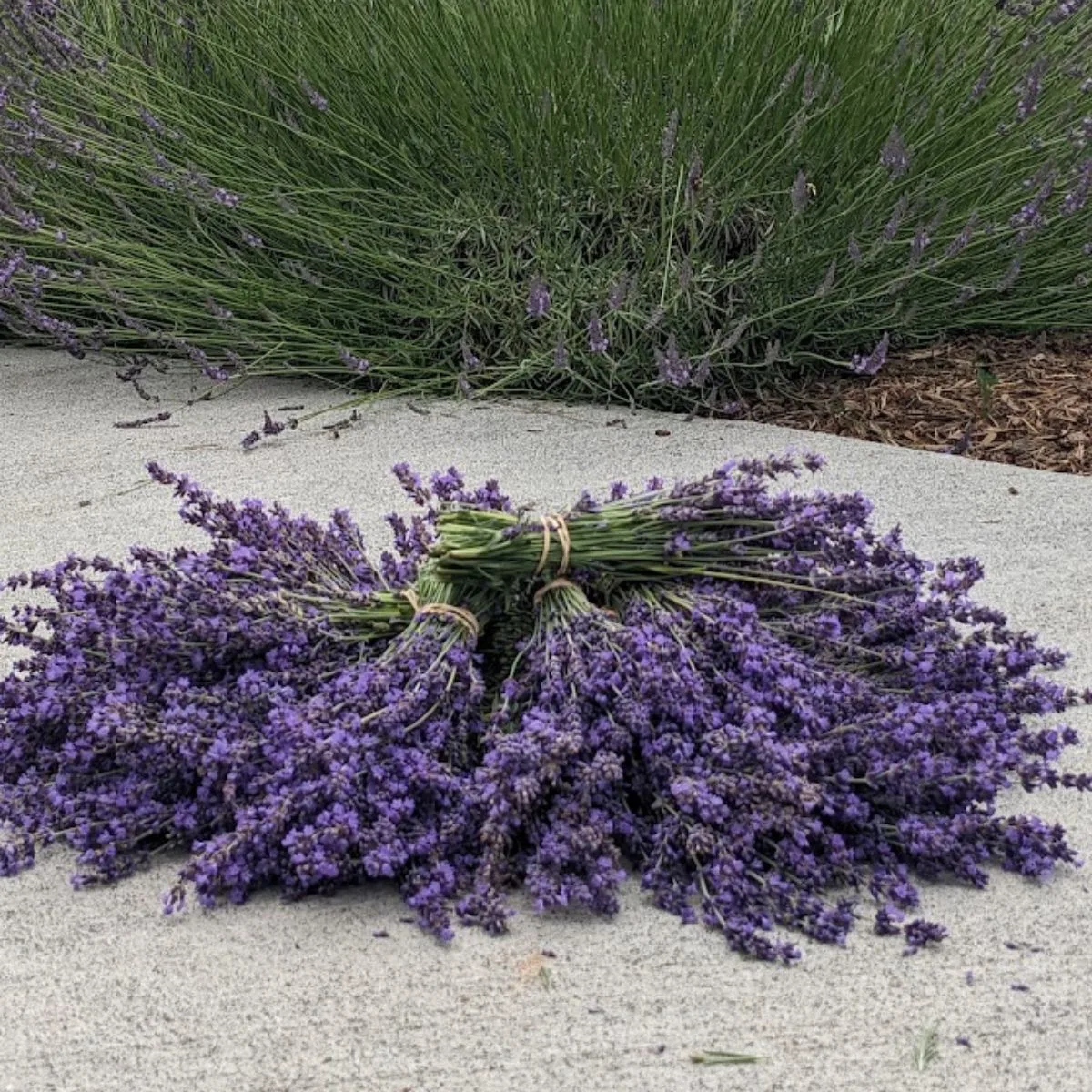
How to Grow Lavender for Profit
This article provides an introductory look into growing lavender for profit. Still, if you would like a deeper dive into the ups and downs of lavender farming, you can also read my book, How to Grow Lavender for Fun and Profit.
Lavender varieties
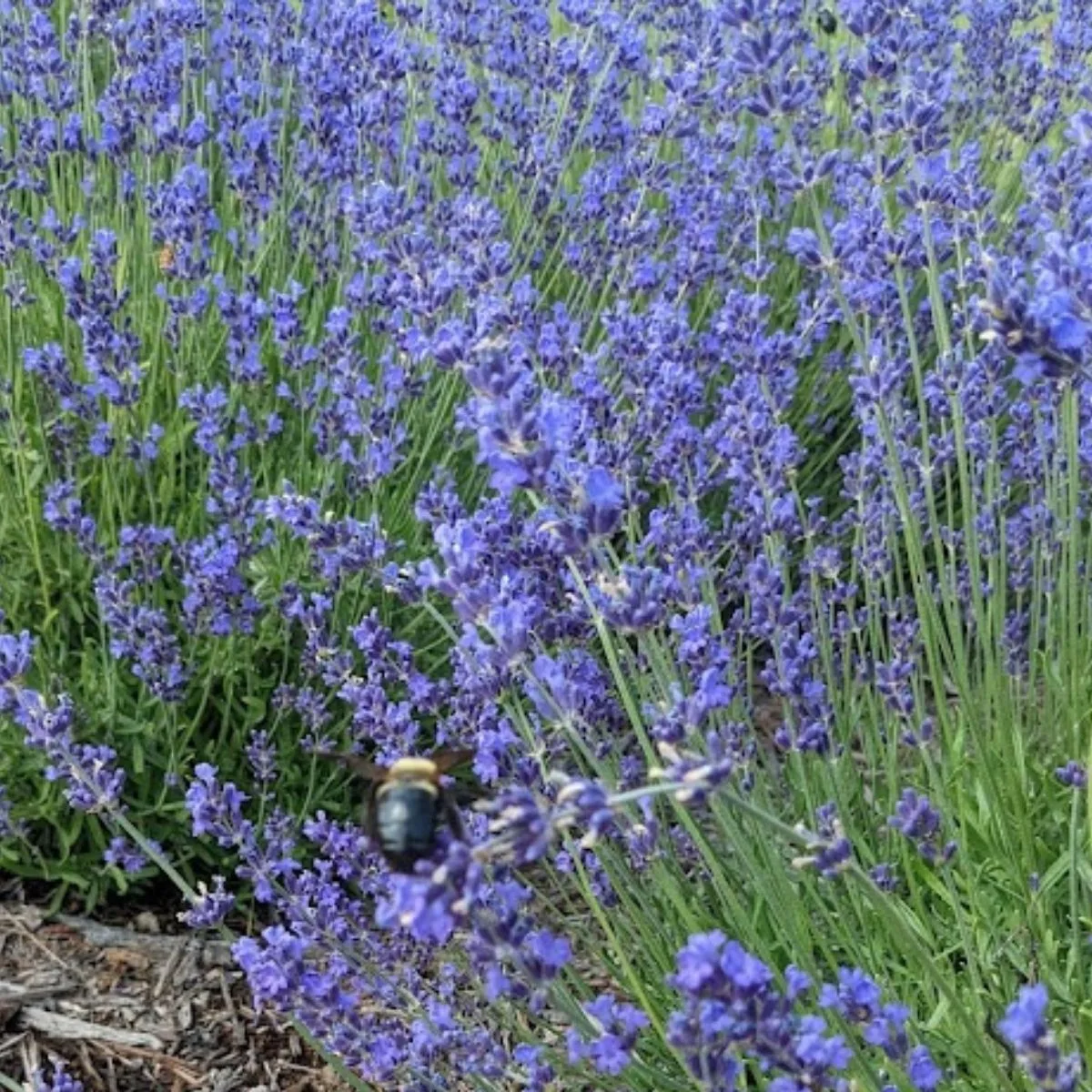
Did you know there are more than 450 varieties of lavender? When deciding which ones to grow, that fact can be dizzying! But before you panic, know that only a few varieties are widely cultivated.
The five most common species include:
- Lavandula angustifolia (English lavender)
- L. dentata (French lavender)
- L. 6 intermedia (lavandin)
- L. latifolia (Portuguese lavender)
- L. stoechas (Spanish lavender)
Before choosing which types of lavender to grow, consider your USDA hardiness zone and what your end products will be.
You’ll likely want long-stemmed varieties with vibrant colors, such as Buena Vista (L. angustifolia), for crafting or cutting flowers.
The choice of culinary lavender depends on personal taste, but Melissa (L. angustifolia) is one popular variety.
For dried buds, opt for something with a strong fragrance and buds that readily come off the stem, as with Provence (L. x intermedia).
Learn more about the different types of lavender and their uses.
Propagating lavender
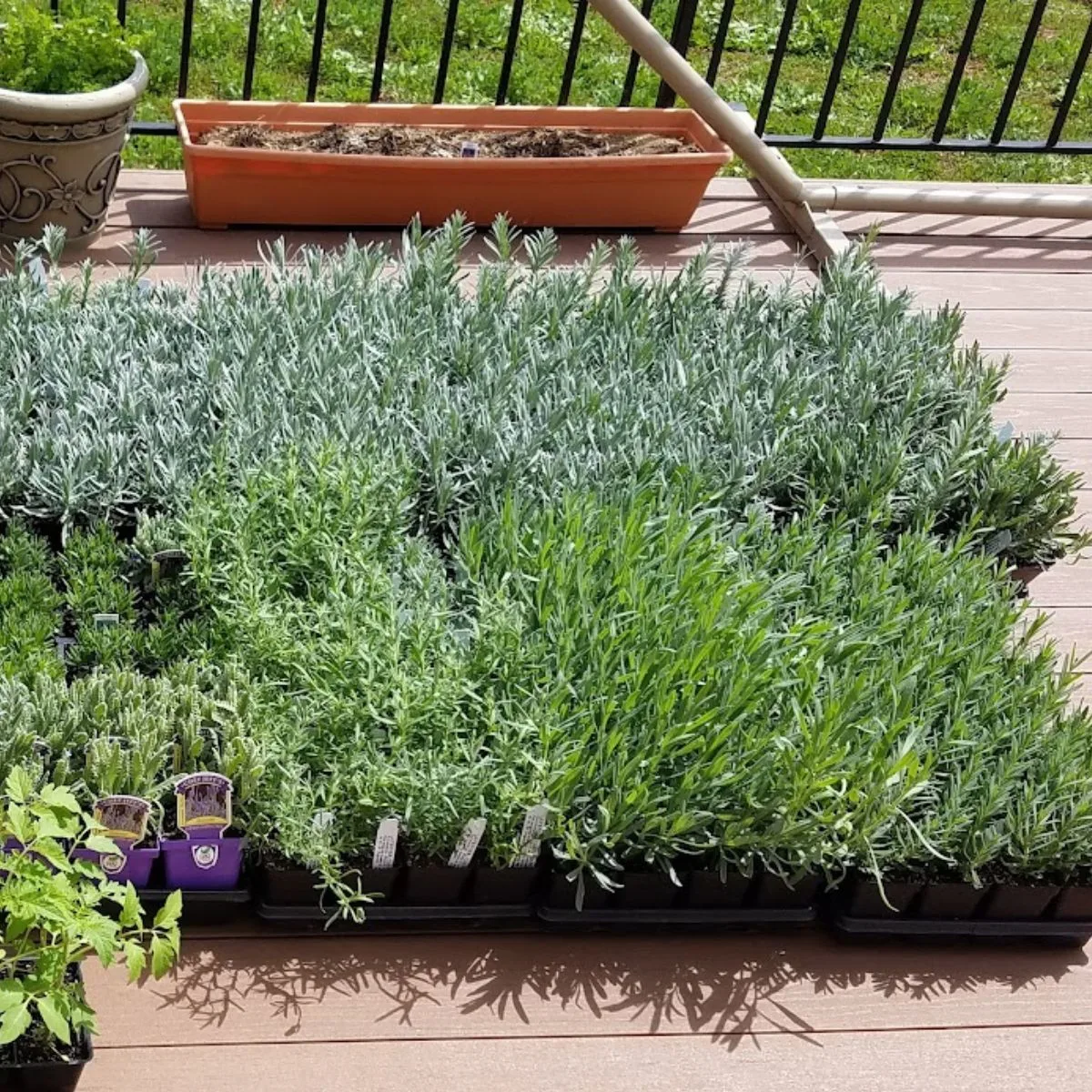
When first starting out, your best bet is to start by purchasing lavender seedlings rather than propagating your own, but we’ll touch on both options. If possible, buy lavender starts from a reputable local nursery or supplier. This way, you can visually inspect the plants before taking them home, you don’t have to pay for shipping, and you know that the plants thrive in your local growing conditions.
You might not have a good place nearby to purchase lavender plants from, and that’s okay, too. Look for reputable online suppliers that guarantee disease-free plants and have a reasonable refund policy in case of shipping damage.
If you already have some lavender plants, you can increase the number of plants by propagating more from cuttings. Note, however, that cuttings can take a couple of years to become fully productive plants, and you will be limited to the varieties you already have. The process is relatively simple, though.
First, ensure the varieties you plan to propagate are not patented (you’ll need a cutting license for these). Then follow these steps:
- Prepare a small pot with well-draining, sandy soil.
- Use clean shears to cut a three- to six-inch softwood cutting (new growth, in late spring) or hardwood cutting (old growth, in spring or late summer) and remove all leaves below the top node or two.
- Dip the cut end in rooting hormone (optional) and plant it in the prepared pot.
- Place the pot in a warm, humid location with bright, indirect sunlight.
Propagating lavender from seed is possible but very difficult. You must first cold-stratify the seeds for one month, then sow them one inch apart and one-eighth inch deep in a moist, well-draining seed-starting mix. Place the tray on a plant heating mat under a grow light for best results, and wait up to one month for the seeds to sprout.
Regardless of how you acquire seedlings, harden them off for a week or two before planting them outdoors.
Want more helpful tips for buying lavender and successful propagation techniques? Check out my book, How to Grow Lavender for Fun and Profit.
Growing lavender
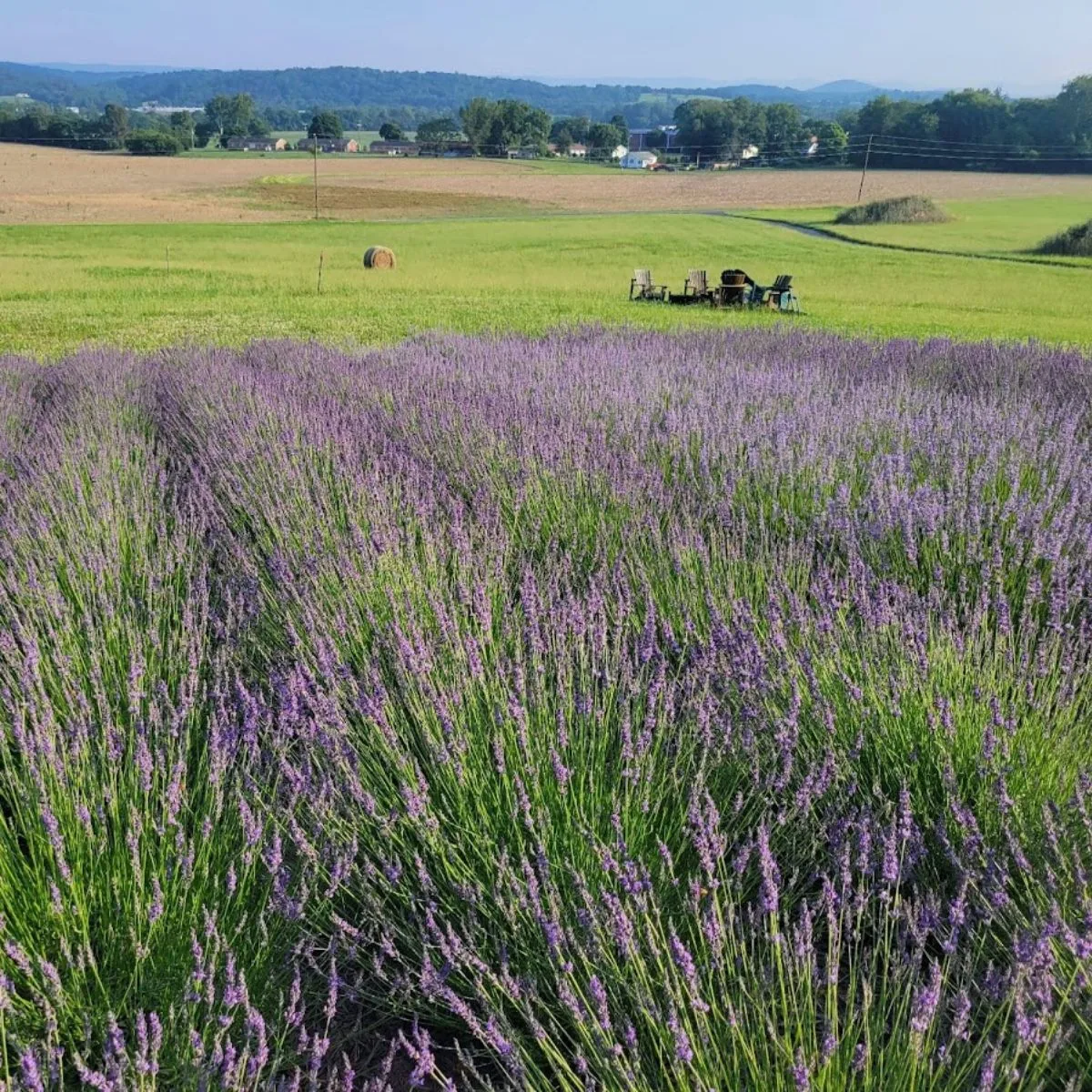
It’s important to remember that lavender is a plant from the Mediterranean region, where it thrives in sandy, rocky soil with little nutrients. You will want to replicate its native habitat by providing a location with full sun, poor soil with good drainage, an alkaline pH, and infrequent watering. In fact, an established lavender plant will likely not need any supplemental water.
Amendments: Depending on your specific growing conditions, you might need to amend the soil to improve drainage, adjust the pH, or even add nutrients. To improve drainage, add coarse organic matter or limestone, which has the added benefit of raising the soil pH. Sending a soil sample to your local Extension office can help you determine whether you need to add any amendments to adjust the pH or balance nutrient levels.
Mulch: Mulching around your lavender plants will reduce weed pressure and protect the soil surface from heavy rain. Depending on your preferences, the growing conditions, and availability, you might choose to mulch with pea gravel, dirty rock (crushed limestone), crushed oyster shells, or landscape fabric.
Pruning: Remember to prune your lavender with clean, sharp pruners once a year. Typically, you will want to do this in late summer, after the plants have finished blooming, but at least six weeks before the first frost. On each plant two years old and older, identify where the woody growth becomes green and supple on each stem, then cut two to three inches above that point. New plants should also have about a third of their growth trimmed off when planting.
Lavenders provided with the proper care and growing conditions will rarely experience problems. However, if you notice signs of stress on your plants, first ensure those growing conditions are right. Fix any that aren’t, then watch to see whether that solves the problem. If not, look up the symptoms in a guidebook, such as How to Grow Lavender for Fun and Profit. Most lavender problems can be prevented with good drainage, minimal water, and clean pruners.
From harvest to market
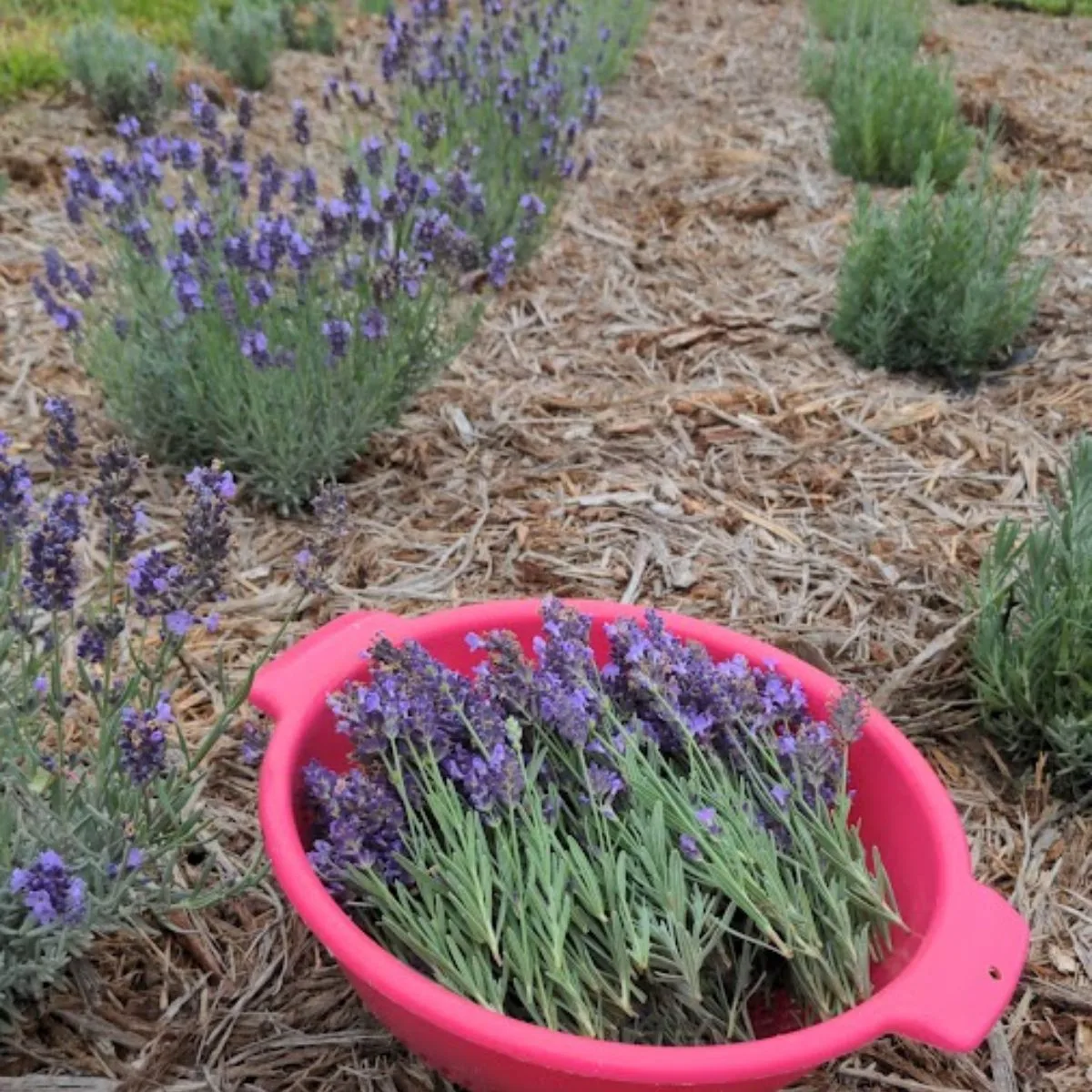
Harvest: Harvest lavender early in the morning, if possible, and choose flowers with about half the buds still unopened. Use a clean, sharp harvesting knife or scissors to cut just above a node.
Dry: To dry lavender, bundle and hang bunches or spread the stems in a single layer on screens or wire shelves. The key is to dry lavender “low and slow”: aim for 60 degrees F and 60 percent relative humidity. Dried lavender can be used for countless things, from wreaths and lavender scented eye pillows to soaps, essential oils, lavender tea, and more. If you plan to produce a significant amount of dried lavender buds, you may want to invest in a machine to remove them from the stems.
More ways to use lavender:
- lavender honey
- potpourri
- lavender water
- lavender lemonade
- crafts
- baking (scones are so good!)
- flower arrangements
- lavender extract
- lavender essential oil
- calming, soothing lotions
- decorate homemade candles
- lavender sugar
- bath salts
- lavender simple syrup
Sell: We’ve gone over how to grow and harvest lavender, but how do you sell it? A good marketing plan is essential for a profitable lavender farm, and developing one before you put the first plant in the ground will save you headaches later. Consider how to spread the word about your business and where to sell your products.
Different marketing methods work better for different people; a combination of several often works best. Here are some of the best and most common options:
- Word of mouth
- Social media
- Website
- Email newsletter
- Newspaper ad
- Flyers
- Chamber of Commerce
- Gifts/samples to local businesses
Places and ways to sell your lavender products include the following:
- Farmers markets
- Festivals and craft fairs
- Farm store
- Subscription boxes
- Wholesale
Of course, you also want to brainstorm what lavender products you wish to sell. This is the fun part! Write a list of all the things you might want to sell, then go back through it and consider the time and physical inputs necessary to create each one. Start with a few that seem the most doable, keeping in mind that you can add more products as you gain experience and confidence.
My book, How to Grow Lavender for Fun and Profit., delves deeper into the four categories in this article, with three to six full chapters dedicated to each. It also includes sections on common lavender problems and how to solve them, so you can carry the book outside and troubleshoot any difficulties your lavender plants may face.
Growing lavender for profit requires knowledge of how to care for the plants and how to sell what you produce. Set yourself up for success by continuing to learn about this beautiful herb and how to build a business around it.
Learn More About Growing & Using Lavender
- culinary lavender varieties
- how to make lavender sachets
- lavender flower colors
- tips for storing dried lavender flowers
- how to make lavender simple syrup
- guide for making lavender oil
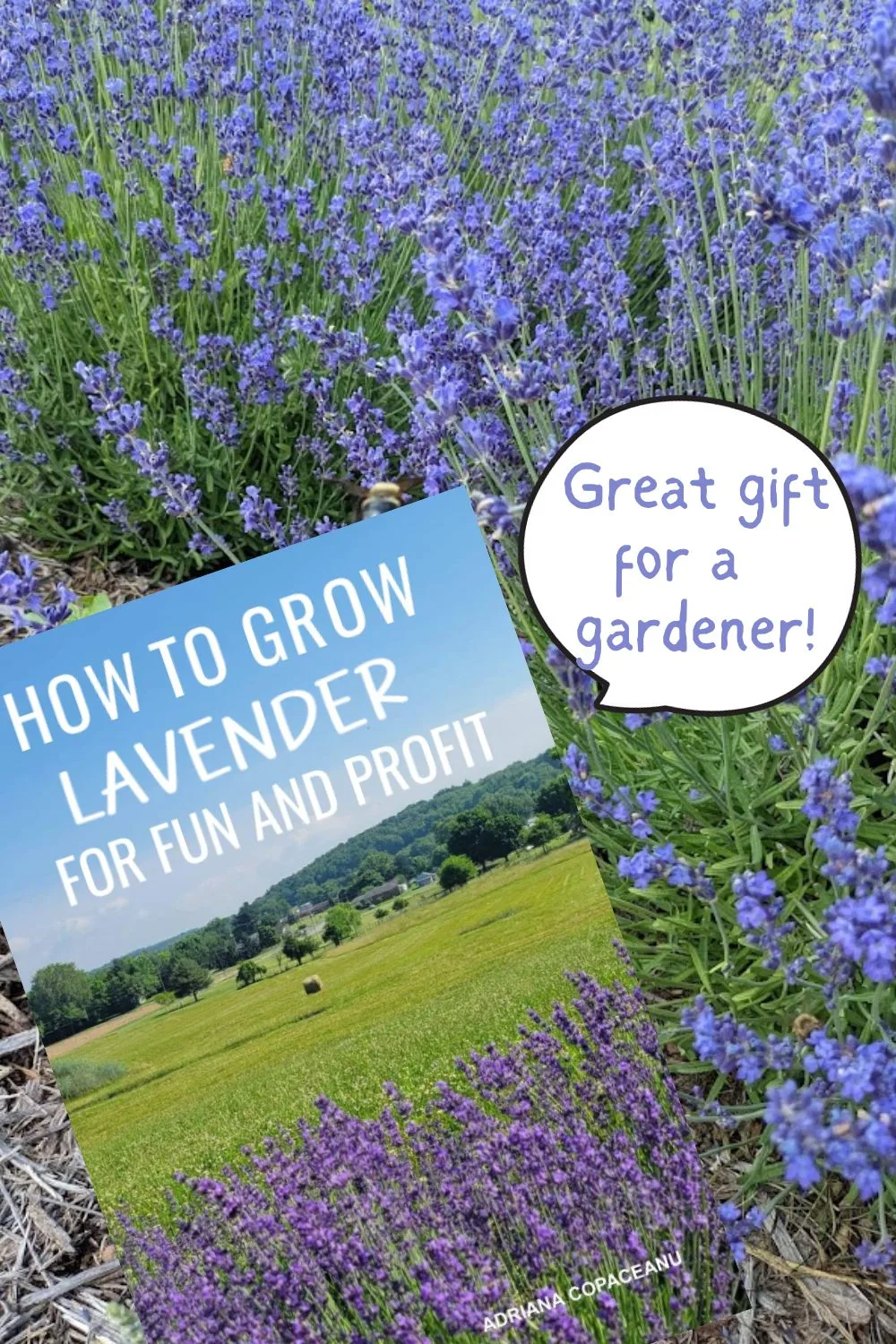


L.
Saturday 29th of June 2024
Very informative & inspiring. Considering this as a project for the kids in my class.